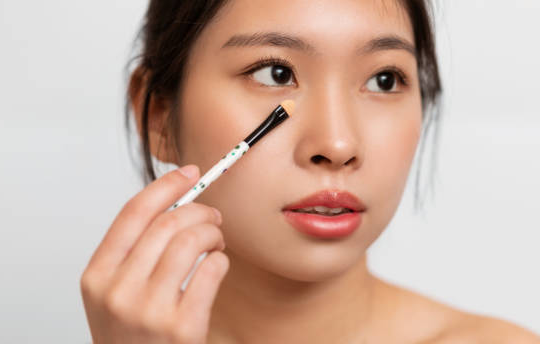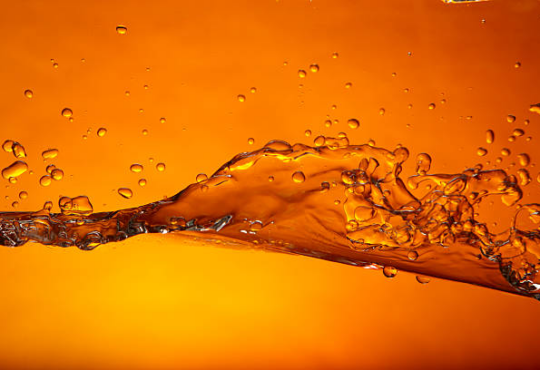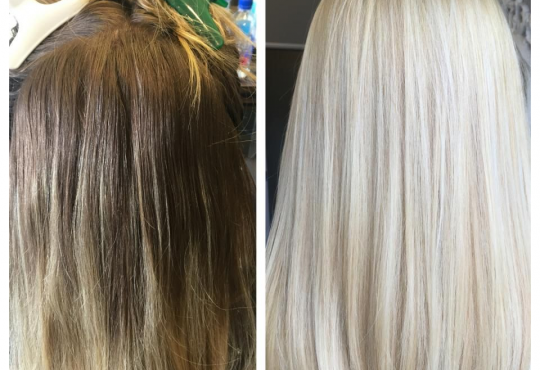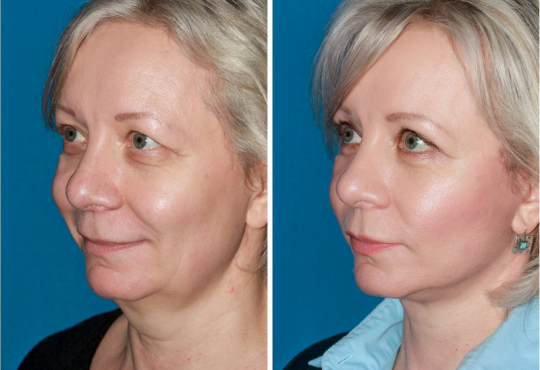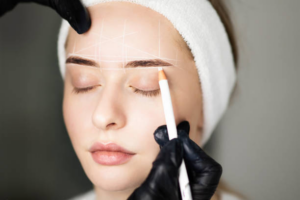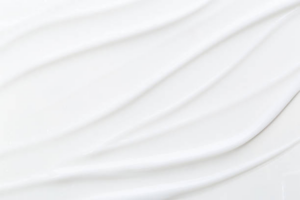
How to clean your makeup brushes
Cleaning your makeup brushes is an essential aspect of maintaining skin health and ensuring the longevity of your brushes. While it may seem like a chore, regularly cleaning your brushes removes the buildup of makeup, oils, dirt, and bacteria. This not only helps to prevent breakouts and skin irritation, but also keeps the brushes in good condition so they perform at their best. By incorporating a few simple steps into your beauty routine, you can ensure your brushes stay clean and your skin clear.
The Importance of Regular Cleaning
Before diving into the cleaning process, let’s understand why it’s so important to clean your makeup brushes regularly. Each time you use a brush, it collects not only the product but also dead skin cells, oils, and other debris from your face. Over time, this can create a breeding ground for bacteria which can lead to acne and infections. Furthermore, dirty brushes are less effective at applying makeup smoothly and evenly. Ideally, brushes should be cleaned once a week to keep them in the best condition and prevent any potential skin problems.
When to Clean Your Makeup Brushes
- Foundation and concealer brushes: Once a week to prevent product buildup.
- Powder brushes: Every two weeks to avoid mixing different colors and formulations.
- Eyeshadow brushes: After each use if you’re changing colors, or at least once a week to keep them precise.
- Eyeliner brushes: After every use to maintain the fine tip and prevent a muddy look.
Step-by-Step Guide to Cleaning Makeup Brushes
Now, let’s break down the cleaning process into simple steps to ensure thorough cleaning:
- Begin by running your brushes under lukewarm water to rinse out residual makeup. Always keep the bristles pointing downwards to prevent water from getting into the handle, which can loosen the glue over time.
- Apply a small amount of gentle shampoo or brush cleaner to the bristles and gently massage the bristles in your palm. You can also use a brush cleaning mat for a more thorough clean.
- Continue to massage the bristles while running them under water until the water runs clear. Be careful not to submerge the whole brush as this can damage the handle and the glue holding the bristles.
- Squeeze out the excess water from the bristles with a clean towel, reshaping the brush head to its original form.
- Lay the brushes flat on a towel to air dry completely before using them again. Avoid drying brushes upright as this can cause water to seep into the ferrule and handle, which can weaken the brush over time.
Deep Cleaning vs. Spot Cleaning
While regular cleaning is a must, not all brushes need a deep clean after every use. For a quick clean between applications, consider spot cleaning.
- Spot cleaning: This is a method where you spray a brush cleanser onto a paper towel and gently swipe the brush back and forth to remove the surface makeup. It’s a quick fix that’s perfect for when you’re short on time or need to use the same brush for different colors.
- Deep cleaning: Deep cleaning requires water and brush shampoo, as outlined in the step-by-step guide above. This method provides a thorough cleaning and should be done weekly to ensure brushes are fully sanitized.
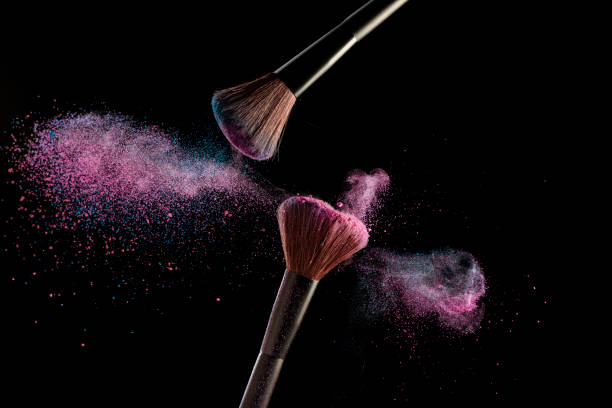
DIY Brush Cleaning Solutions
You don’t always need store-bought cleaners to effectively clean your brushes. Homemade solutions can be just as effective, cost-efficient, and easy to prepare:
- Mix two parts antibacterial dish soap with one part olive oil for conditioning the bristles.
- Create a mixture of mild shampoo and warm water for a gentle yet effective clean.
- For a natural alternative, combine one part apple cider vinegar with two parts water. The vinegar acts as a natural disinfectant and cuts through oil effortlessly.
Remember, the key is to be gentle to avoid damaging the bristles. After cleaning, always shape the brush head back to its original form and let it dry completely before use.
Conclusion
Cleaning your makeup brushes may seem like an additional task in your beauty regimen, but it is crucial for both your skin health and the longevity of your brushes. Regular, thorough cleaning prevents bacteria build-up, ensuring your skin stays clear and your makeup application flawless. Whether you choose to use store-bought cleaners or create your own, keeping your tools in pristine condition will make all the difference. So, take the time to cleanse and maintain your brushes; your skin and your makeup will thank you.
FAQs
How often should I clean my makeup brushes?
You should aim to clean foundation and concealer brushes weekly, powder brushes every two weeks, and brushes used for eye makeup at least once a week or after each use when changing colors.
Can I use regular shampoo to clean my brushes?
Yes, you can use a gentle or baby shampoo to clean your brushes effectively.
Should I dry my brushes flat or hanging?
It’s best to dry your brushes flat to prevent water from seeping into the handle or ferrule, which could damage the brush.
Can I use the same cleaner for all types of brushes?
Generally, a gentle cleanser should work for most brush types, but you may want to use a conditioning agent for natural bristles.
Are there any home ingredients I can use to make a brush cleaner?
Yes, you can use a mixture of antibacterial dish soap and olive oil, a blend of mild shampoo and water, or a solution of apple cider vinegar and water to create an effective brush cleaner.
